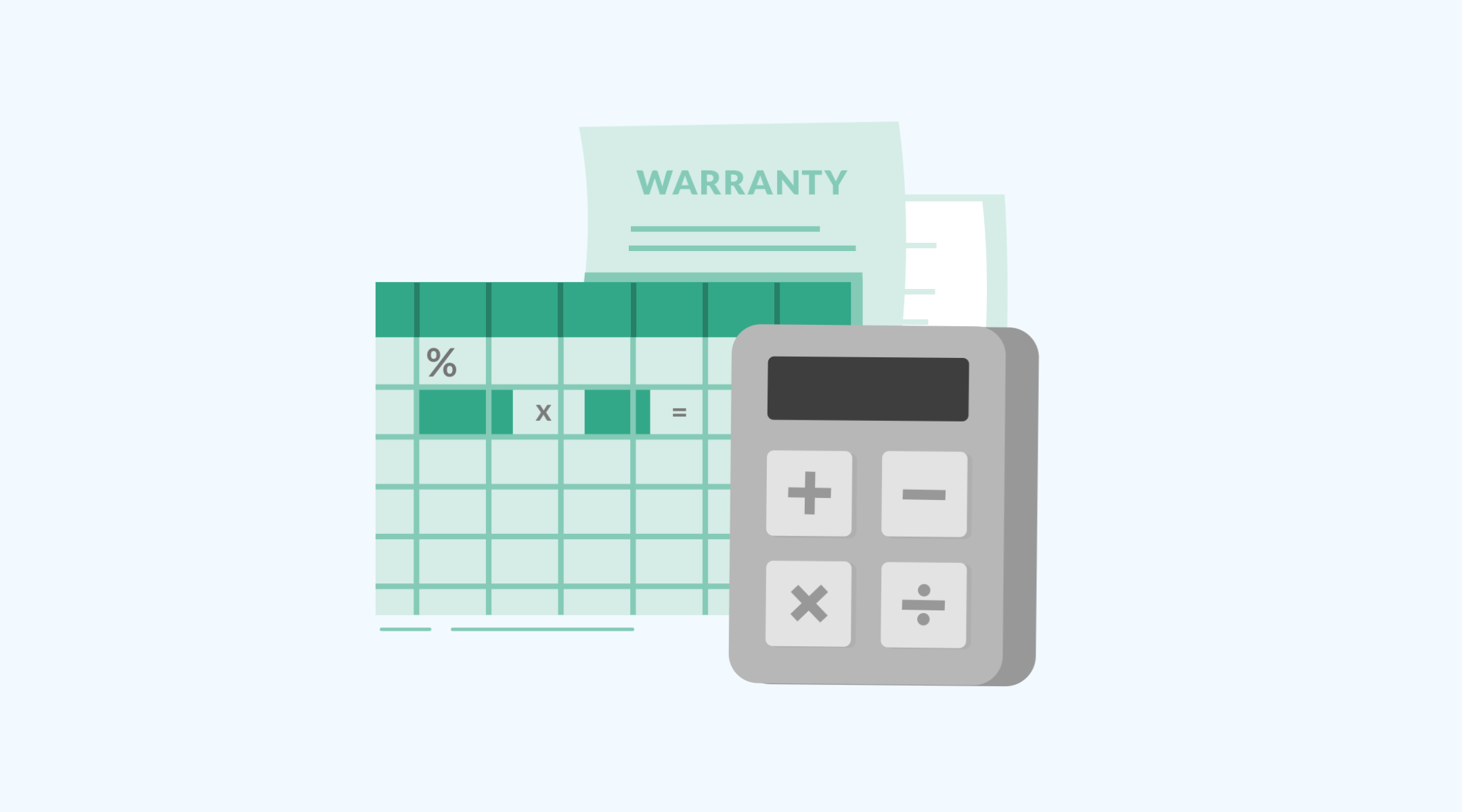- Products
-
-
BY SOLUTION
View all products →FLAGSHIP PRODUCT
-
Fleet Maintenance Software
Maintenance software designed for fleets.
-
EAM Software
Software for fleet, facility, and fixed assets.
-
CMMS Software
Mobile maintenance solutions.
ADD-ON APPS
-
Work Order App
Simplify work order tracking.
-
Technician Scheduling App
Plan and prioritize technician shifts.
-
Inventory Management App
Optimize inventory counts.
-
Vendor Portal App
Collaborate on outside repairs.
-
Purchase Order App
Approve purchases from any device.
-
Fleet Maintenance Software
-
-
- Contact
-
-
CUSTOMER SUPPORT
-
-
- Resources
-
-
BLOG
View All Blogs-
Fleet Maintenance
Explore topics related to maintenance best practices for organizations with fleet assets.
-
Case Studies
Hear from Cetaris customers about how software helped enhance the maintenance process.
-
EAM
Discover maintenance practices for monitoring facilities and fixed assets.
-
Product Updates
Learn about new product releases from the Cetaris software suite.
RESOURCES
View All Resources-
Whitepapers
Download detailed reports and whitepapers written by maintenance experts.
-
Videos
Explore our product video library to learn more about how Cetaris works.
-
Tools
Access free tools designed to support and enhance your maintenance operations.
FEATURED RESOURCES
-
Fleet Maintenance
-
-
- Integrations
-
-
BY DATA TYPE
View All Integrations →-
Accounting
Export maintenance costs into your ERP.
-
Driver Data
Sync driver data into Cetaris.
-
DVIRs
Import DVIRs into your maintenance system.
-
Fuel
Track and report on fuel usage.
-
Meter Import
Connect asset meters into work orders.
-
Operational
Connect your operations and maintenance teams.
-
Outside Repairs
Sync purchase orders from suppliers into Cetaris.
-
Telematics
Connect your maintenance and telematics software.
-
Warranty Claims
Submit warranty claims to OEMs from Cetaris.
-
Accounting
-
-

- Products
- BY SOLUTION
- Fleet Maintenance Software
- EAM Software
- CMMS Software
- Work Order App
- Technician Scheduling App
- Inventory management app
- Vendor portal application
- Purchase Order approval app
- View all products
- BY INDUSTRY
- Distribution
- Construction
- Government
- Retail and repair shop
- Oil and Gas
- School Bus
- Grocery
- Utilities, telecom, and power
- Transportation
- Contact
- Resources
- Integrations
Blog
Welcome! Stay on top of the latest maintenance management guides with the Cetaris Blog






